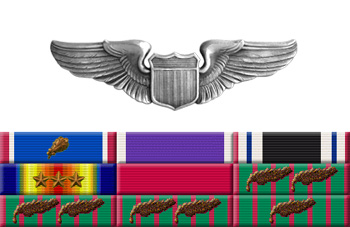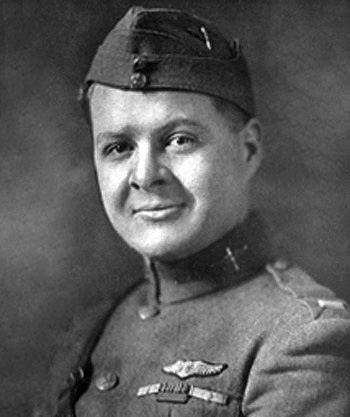
|
Paul F. Baer |
 |
|||
| Rank, Service | ||||
1st Lieutenant O-2, U.S. Army Air Service |
||||
| Veteran of: | ||||
|
||||
| Tribute: | ||||
Paul Baer was born on January 29, 1894, in Fort Wayne, Indiana. He joined the French Air Service in February 1917, and was assigned to Lafayette Escadrille in January 1918. Baer transferred to the Aviation Section of the U.S. Army Signal Corps and was commissioned a 1st Lt in February 1918, joining the 103rd Aero Squadron the same month. He was credited with the destruction of 9 enemy aircraft in aerial combat before being shot down behind enemy lines and taken as a Prisoner of War on May 22, 1918. After being released from his German prisoner of war camp in November 1918, he returned to the U.S. and was discharged from the Army Air Service in early 1919. He continued to work in aviation after the war, and was flying as a transport pilot when he was killed in a flying accident in Shanghai, China, on December 9, 1930. Paul Baer was buried at the Lindenwood Cemetery in Fort Wayne, Indiana. He was the first U.S. Military Fighter Ace, having scored all of his aerial victories while flying for an American squadron. Baer Field (now Fort Wayne Air National Guard Station) was named in his honor in 1941. |
||||
|
||||

